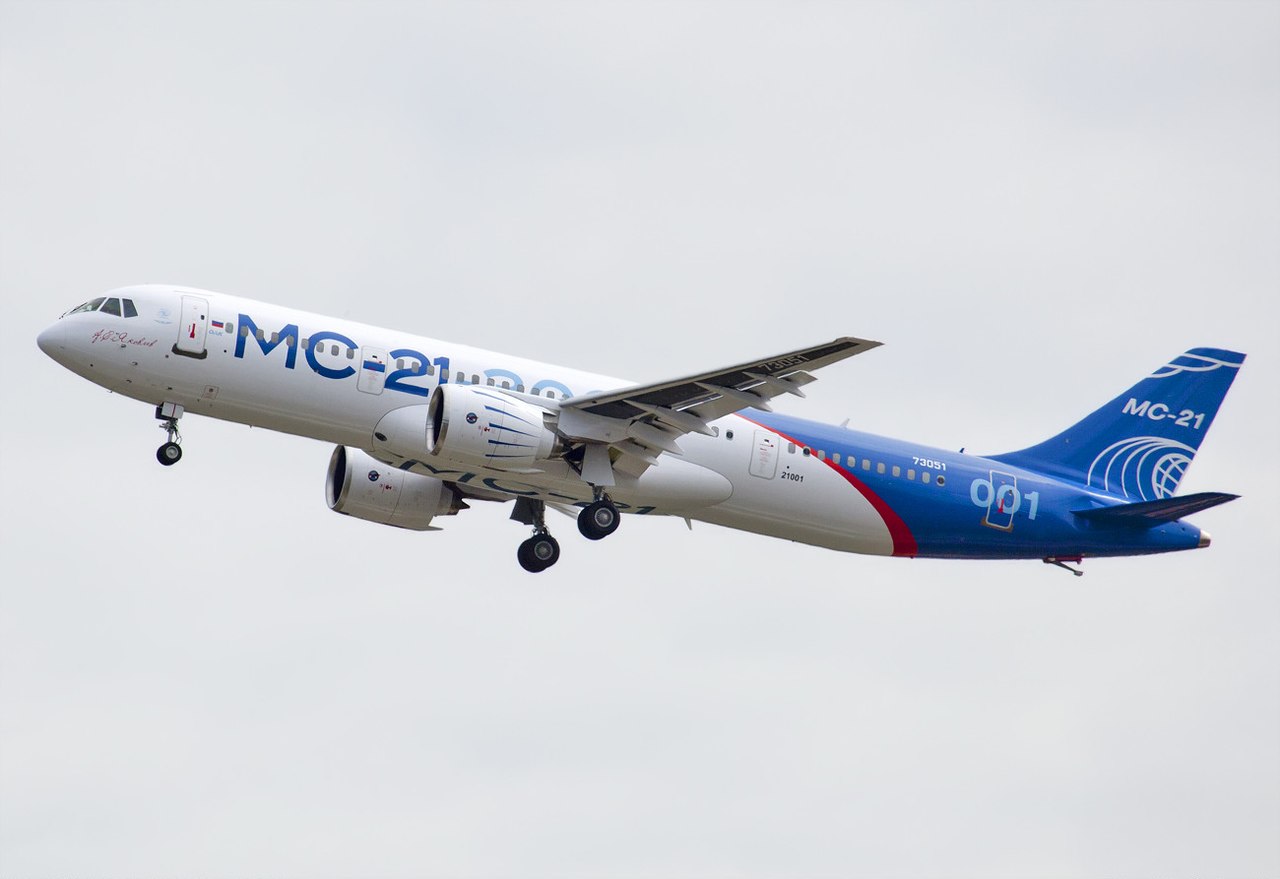Russia is poised to make significant strides in its domestic aviation industry, with major developments scheduled for 2025 and 2026. In a pivotal announcement made during a “government hour” at a Federation Council plenary session, Rostec CEO Sergey Chemezov outlined the nation’s strategic plans to revolutionize its commercial aircraft production capabilities.
The cornerstone of this aviation renaissance is the MC-21, a medium-haul airliner designed to compete directly with industry stalwarts like the Boeing 737 and Airbus A320. While the project’s journey has been lengthy, dating back to conceptual designs in the early 1990s, it appears to have finally reached its culmination. As Chemezov definitively stated, “Starting next year, we will begin serial production of the MC-21.” This announcement marks a significant milestone for a program that has faced numerous delays and modifications over the decades.
The production capabilities appear promising, with Chemezov revealing concrete numbers: “Based on our calculations, our facilities in Irkutsk will be able to produce up to 72 aircraft per year.” This ambitious production target demonstrates Russia’s commitment to establishing itself as a major player in the commercial aviation sector.
Parallel to the MC-21 development, Russia is making remarkable progress in aircraft engine technology. Chemezov proudly emphasized Russia’s position among an elite group of nations capable of producing aircraft engines, noting, “Today, only five countries in the world can produce their own aircraft engines: the USA, Canada, the UK, France, and us.” This achievement becomes even more impressive considering the accelerated development timeline. As Chemezov explained, “And typically, as practice shows, it takes around 15 years to develop one. We didn’t have that much time, so we had to act as quickly as possible.”
The domestic PD-8 engine, crucial for the Superjet family, is approaching its final development stages. According to Chemezov’s update, the engine is completing stand tests and will soon be installed on a flying laboratory for further testing.
“Today, it is completing stand tests, and literally in the next few days, we will install it on the flying laboratory. Afterward, these engines will be tested as part of the laboratory and then will be installed on the actual aircraft. Certification tests will then need to be conducted as part of the aircraft,” said Chemezov
He expressed optimism about the timeline, stating, “I hope that by next year, we will complete all these procedures.”
The successful development of the PD-8 engine is particularly significant as it enables the production of the Superjet New, an aircraft model designed to maximize domestic component usage. This new iteration represents a departure from the international collaboration that characterized earlier Superjet models, featuring entirely Russian-made engines, avionics, and systems.
Interestingly, the shift toward complete domestic production has sparked discussions about rebranding the aircraft. Chemezov addressed this, saying, “We’re already working on this. We might link it to the name of our famous aircraft designer Alexander Yakovlev, as this aircraft was originally developed by the Yakovlev Design Bureau.” In a nod to public engagement, he added that they’re considering allowing public participation in the naming process.
This comprehensive push toward domestic aircraft production reflects Russia’s broader strategy to develop independent technological capabilities. The transition from international cooperation to domestic production in both the MC-21 and Superjet programs demonstrates a clear pivot toward self-sufficiency in the aviation sector.
The timing of these developments is particularly significant given the current global context. With the aviation industry experiencing various challenges and transformations, Russia’s move to strengthen its domestic production capabilities could potentially reshape regional aviation dynamics. The success of these programs could establish Russia as a more prominent player in the commercial aviation market, particularly in regions seeking alternatives to traditional Western aircraft manufacturers.
As these ambitious plans move toward implementation in 2025 and 2026, the global aviation community will be watching closely to see how these Russian-made aircraft perform in commercial service and whether they can effectively compete with established Western alternatives.
Official Website of Youtube Channel – Altitude Addicts
